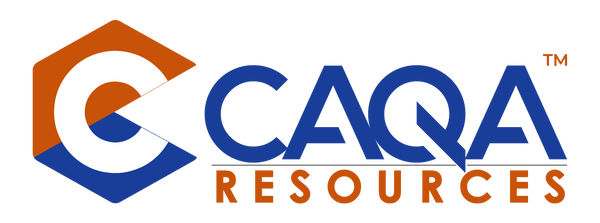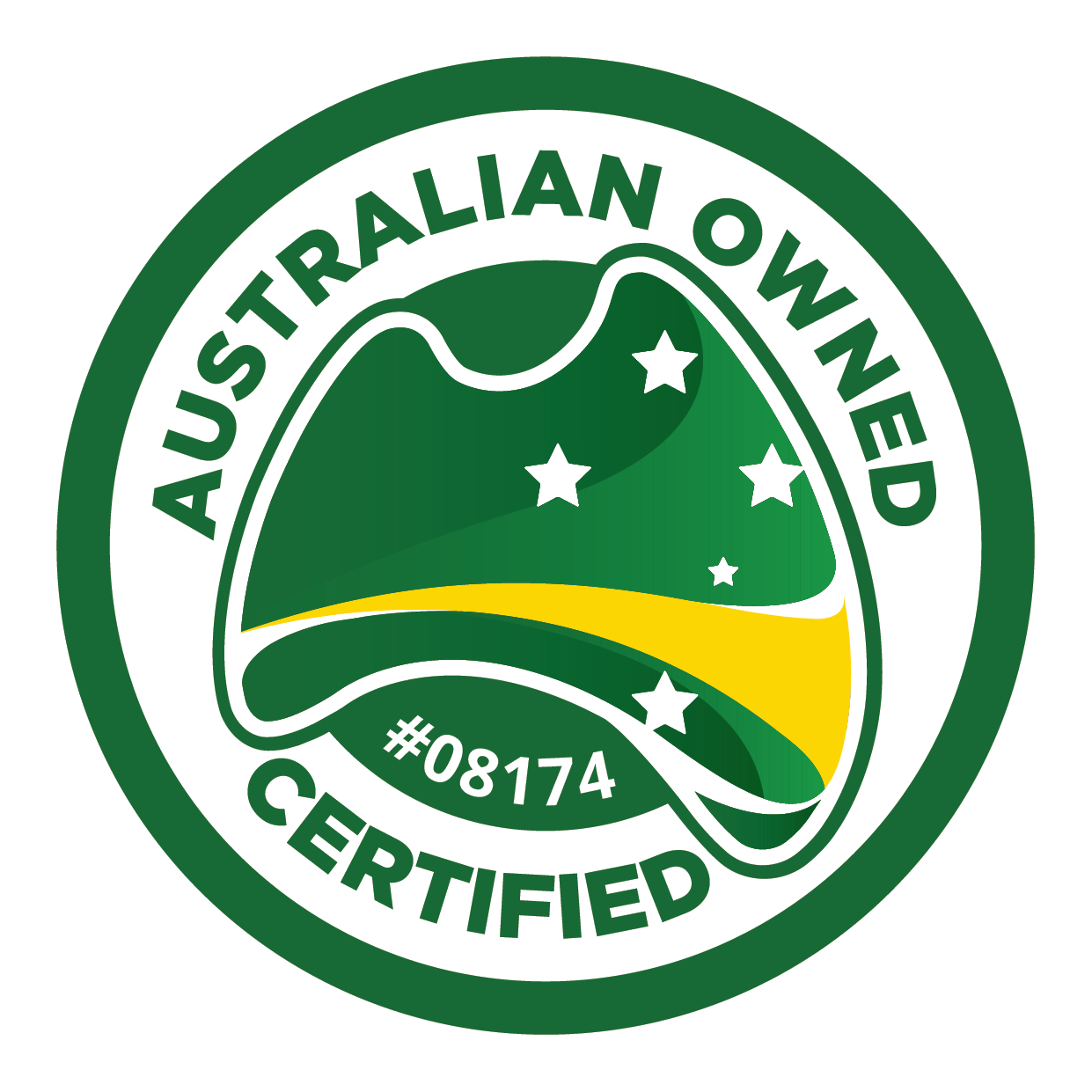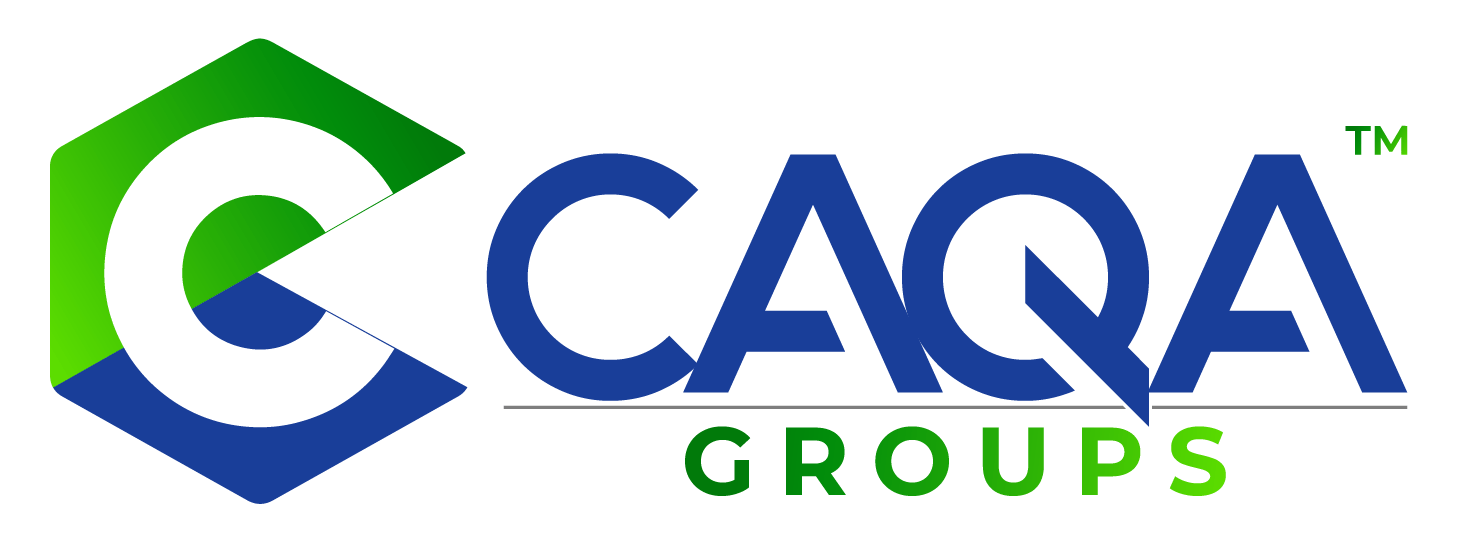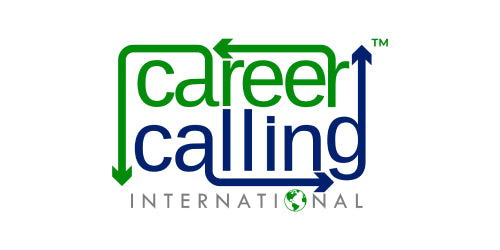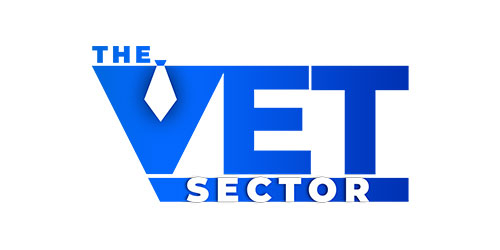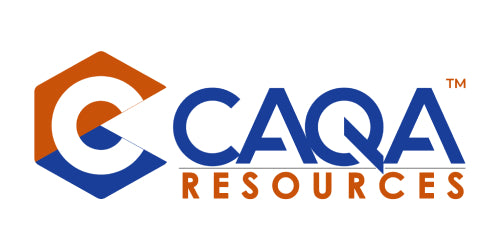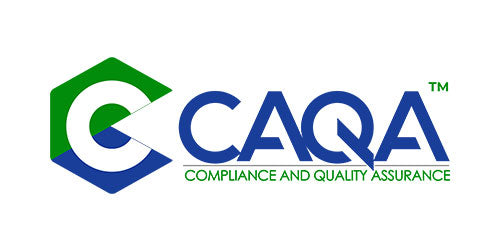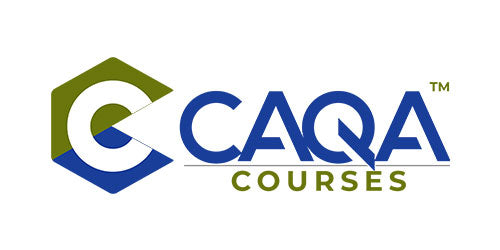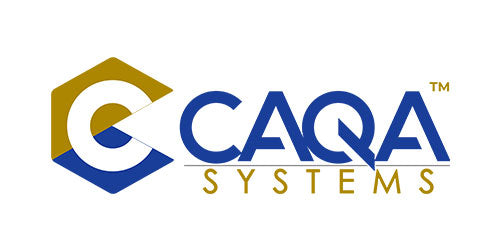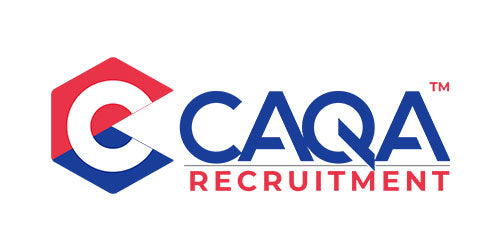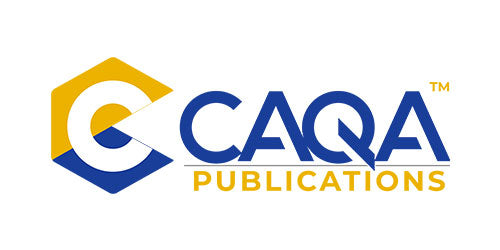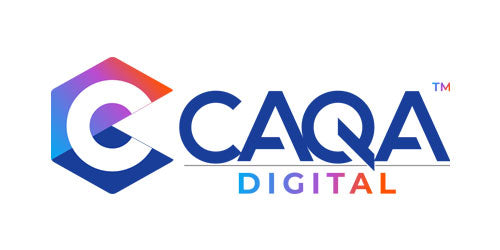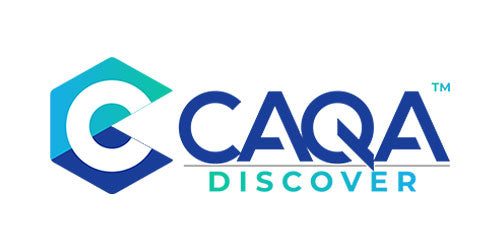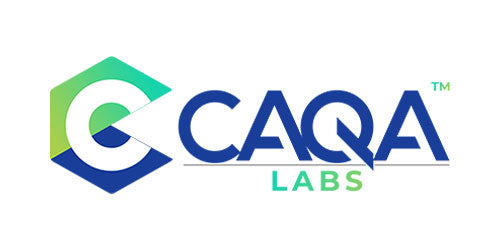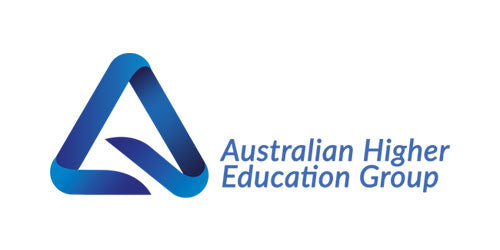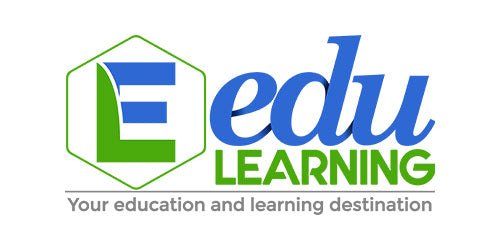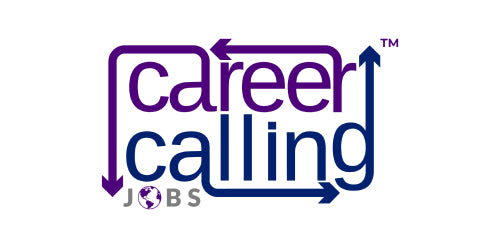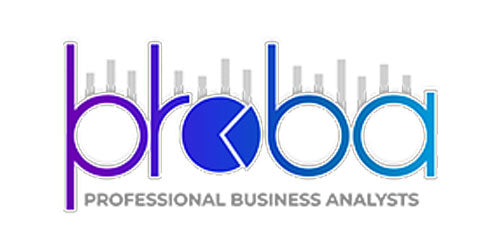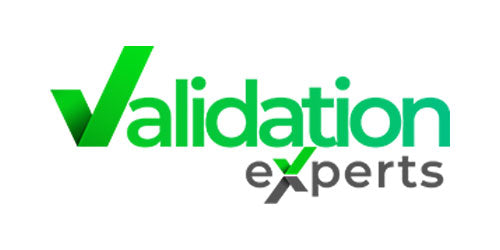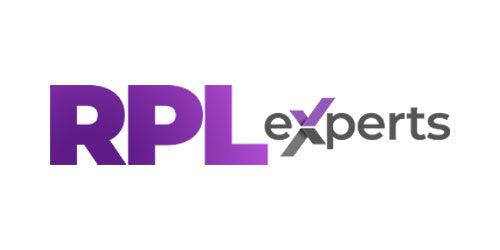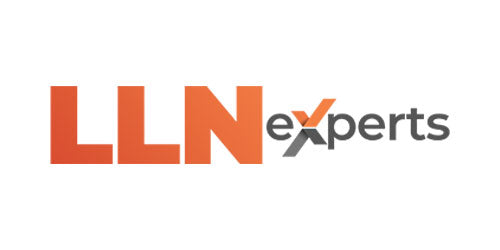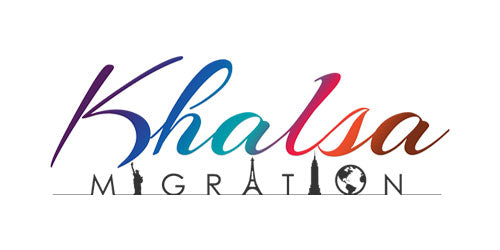The Australian Vocational Education and Training (VET) system is recognised worldwide for its competency-based framework, which guides learners toward specific, measurable skills that align with real industry needs. A crucial part of this framework is the Unit of Competency—a standardised specification of the skills, knowledge, and practical application required for effective job performance. Over the past few decades, Units of Competency have evolved in scope, structure, and alignment with workplace demands. They serve as the cornerstone of modern Australian VET qualifications, ensuring that learners not only gain theoretical knowledge but also develop the practical know-how to excel in a specific work environment.
This comprehensive guide provides an in-depth look at the historical development of Units of Competency, their structural components, their role in shaping the VET curriculum, and how they continue to evolve. By understanding this concept, Registered Training Organisations (RTOs), trainers, assessors, and learners can better appreciate the underpinnings of Australia’s vocational training strategies, ultimately ensuring high-quality educational outcomes.
Historical Context and Development
Early Roots: The 1980s and 1990s
The contemporary notion of competency-based training in Australia originated in the late 1980s and early 1990s. This era saw the launch of the National Training Reform Agenda in 1989, an ambitious initiative by government bodies to craft a more flexible and responsive training system that would meet evolving industry requirements. By the early 1990s, it was increasingly apparent that rigid, curriculum-focused systems needed to give way to a more outcome-oriented approach, where students would be judged on practical skills and workplace readiness instead of the number of contact hours or purely theoretical achievements.
The introduction of competency standards underlined the emphasis on real-world performance. Instead of focusing on how many hours a student might spend in a classroom, the system measured whether the individual could consistently demonstrate the capacities demanded by a specific occupation. These early competency standards set the stage for what would eventually become the Unit of Competency model. Over time, feedback from both industry stakeholders and educational experts refined these standards, establishing a clear link between training content and workplace tasks.
Key Milestones in National Recognition Frameworks
Several notable phases mark the development of Units of Competency:
-
1992: National Framework for the Recognition of Training (NFROT)
This initial system unified the foundational principles for accreditation, credit transfer, and recognition of prior learning. Although rudimentary, NFROT laid the groundwork for subsequent frameworks by prioritising consistent standards across states and territories. -
1998: Transition to the Australian Recognition Framework (ARF)
The ARF replaced NFROT and offered a more cohesive set of national registration requirements for training providers. It was at this juncture that competency standards further solidified their place at the core of VET delivery, moving closer to what is known today as Units of Competency. -
2001: Implementation of the Australian Quality Training Framework (AQTF)
The AQTF marked the first comprehensive, nationwide approach to quality assurance in VET. This framework articulated clear standards for RTOs in terms of teaching, assessment, industry engagement, and continuous improvement. Competency-based training, enshrined in Units of Competency, became deeply embedded in RTO operations and national qualifications. -
2011: VET Quality Framework and ASQA’s Establishment
The introduction of the VET Quality Framework accompanied the creation of the Australian Skills Quality Authority (ASQA) as a national regulator. This regulatory shift reinforced the significance of consistent competency standards in ensuring learners gained industry-relevant competencies. Through consolidated oversight, VET qualifications and the Units of Competency that form their core achieved a more reliable national standard.
The Contemporary Role of Units of Competency
Over the decades, Units of Competency have become an integral, structured part of every qualification, ensuring that what is taught in vocational programs truly matches the skill sets required in industry settings. Rather than measure seat time or abstract knowledge, these units specify exactly what a learner must be able to do in a real work role, enumerating knowledge evidence, performance evidence, and contexts of application. This approach fosters confidence among employers, students, and policymakers that VET qualifications maintain consistent rigour and relevance across the nation.
Components of a Unit of Competency
A Unit of Competency, while generally uniform in concept, can vary by industry sector. Nonetheless, all units follow a similar template. To illustrate the structure, let’s refer to an example: BSBADM502 Manage meetings. Although units differ in content depending on their training package, they generally contain the sections described below.
Unit Code and Title
Every unit bears a unique code and a descriptive title. For example, “BSBADM502” designates the following:
-
BSB: The training package identifier (Business Services)
-
ADM: The sector or field identifier (Administration)
-
5: Typically, an AQF level indicator that references the level of complexity in tasks
-
02: A sequence number signifying the unit’s position within that level
This coding methodology allows RTOs, regulators, and students to pinpoint exactly which skill area and training package a unit belongs to. The title, such as “Manage meetings,” summarises the main focus of the competencies within.
Modification History
Units frequently undergo revisions to keep pace with workplace changes, legislative updates, or improved teaching strategies. The modification history records these updates so that RTOs, trainers, and employers can verify the current version and note any critical changes. For instance, a note may read: “Release 1: This version was first released with BSB Business Services Training Package Version 1.0.”
Application
The “application” section contextualises the unit by explaining its typical use, how it fits into job roles, and the scope of potential tasks. It can highlight the type of work environments where these skills apply and address any licensing or certification issues. For BSBADM502 Manage meetings, the application might note that it’s designed for individuals who need to coordinate and run formal or informal workplace meetings. No licensing, legislative, or certification requirements may apply at publication, but that can change over time.
Unit Sector
This section indicates the broader sector or sub-field within the training package. For administration-related units, the sector might appear as “Administration – General Administration.” This categorisation helps RTOs group related units and ensures that learners can see how different competencies tie together in a broader professional context.
Prerequisites
In the Australian Vocational Education and Training (VET) system, many units of competency are designed with a structured learning pathway in mind. Some of these units have prerequisites, which are specific requirements that learners must fulfil before they can commence study in that particular unit. These prerequisites serve an important purpose in ensuring that students have the necessary foundational knowledge and skills to successfully engage with and complete the more advanced unit.
Prerequisites can take various forms. There might be other units of competency that need to be completed first, specific skills that must be demonstrated, or even industry experience that is deemed necessary. For example, a unit on advanced welding techniques might require the completion of a basic welding unit as a prerequisite.
The information about prerequisites for each unit of competency is readily available on the national register known as Training.gov.au (TGA). TGA is a comprehensive database that serves as the authoritative source of information on training packages, qualifications, units of competency, skill sets, and Registered Training Organisations (RTOs) in Australia.
By checking the TGA, learners, training providers, and employers can easily identify what prerequisites are needed for any given unit. This transparency helps in planning learning pathways, designing training programs, and ensuring that learners are adequately prepared for each stage of their vocational education.
It's worth noting that while prerequisites are important, they are not universal across all units. Many units of competency can be undertaken without any prior requirements, allowing for flexible entry points into various areas of study within the VET system. This balance between structured pathways and flexibility is one of the strengths of the Australian VET system, catering to diverse learner needs and industry requirements.
Elements and Performance Criteria
Elements describe the essential outcomes—essentially, what the learner must do. Performance criteria detail the level of performance required to demonstrate competence. For example:
-
Element 1: Prepare for meetings
-
1.1 Develop agenda in line with stated meeting purpose
-
1.2 Ensure the style and structure of the meeting are appropriate to its purpose
-
(and so on)
-
Element 2: Conduct meetings
-
2.1 Chair meetings in accordance with organisational requirements
-
2.2 Conduct meetings so that they are focused and time-efficient
-
(and so on)
This breakdown clarifies the precise tasks a learner needs to perform. By aligning performance criteria with the industry’s real working environment, the system ensures learners can replicate these tasks in the workforce.
Foundation Skills
Foundation skills reflect the language, literacy, numeracy, and employment capabilities embedded in the performance criteria. They’re often broken down into reading, writing, oral communication, numeracy, and “soft” skills such as problem-solving or self-management. Including these underscores the notion that competency extends beyond isolated tasks to incorporate general workplace attributes.
Unit Mapping Information
Given the iterative nature of training packages, older versions of a unit may have slightly different codes or content. This section maps the current iteration to previous ones, letting RTOs track changes and transition arrangements for learners who started under an older version.
Links
Occasionally, a unit will include additional links or references to related units, training package guidelines, or complementary resources. This might direct users to external documents or specific data relevant to the unit.
Assessment Requirements
Alongside each Unit of Competency, a separate set of assessment requirements outlines the conditions for evaluating competence. These typically cover performance evidence, knowledge evidence, and assessment conditions.
Performance Evidence
Performance evidence delineates what a learner must demonstrate in real or simulated work tasks. For example, they might need to “apply conventions and procedures for formal and informal meetings,” including preparing agendas and distributing meeting papers. This evidence offers tangible benchmarks to show that the learner can consistently perform the tasks under realistic conditions.
Knowledge Evidence
Knowledge evidence specifies the theoretical or conceptual understanding a learner needs. In a business services unit, this might cover meeting terminology, the responsibilities of a chairperson, or planning arrangements for various types of meetings. Incorporating knowledge components clarifies that “competence” isn’t just about performing a skill once in a contrived context—it includes demonstrating comprehension of why and how tasks should be executed.
Assessment Conditions
The final part of the assessment requirements addresses the environment, resources, and organisational policies needed for a valid assessment. Typical instructions might specify that evidence be gathered in a “safe environment” with the necessary materials (e.g., meeting venues, technology, or organisational documentation). This ensures the RTO sets a realistic stage, whether in a simulated or actual workplace so that learners have a genuine chance to display the competencies in a manner reflecting real job contexts.
Evolution and Changes in Units of Competency
Greater Industry Alignment
Over time, the system has adopted a more consultative method, actively soliciting feedback from employers, industries, and professional associations. By frequently updating the content of these units, the training sector avoids stagnation and maintains alignment with new job roles, emerging technologies, and shifting market trends. This fosters stronger ties between training providers and industries, enhancing the credibility of qualifications.
Increasing Flexibility
In earlier decades, training packages could be restrictive, prescribing narrowly defined tasks. Newer versions emphasise adaptability, encouraging RTOs to incorporate local or niche industry contexts into their teaching. Units now often reference different modes of assessment or consider a broader range of workplace settings. This growth in flexibility recognises the diversity of Australia’s economy and the range of job environments that any given competency might apply to.
Outcomes-Focused Approach
As the VET sector moves away from input-based systems (like counting class hours) and embraces an outcomes-focused approach, the Unit of Competency’s structure has become even more robust. Performance criteria, performance evidence, and knowledge evidence are meticulously detailed to ensure clarity on expected results. RTOs must demonstrate that learners are truly competent in the unit’s tasks and are adept at applying knowledge in real-world contexts.
Standardisation and Uniform Language
A consistent method of phrasing elements and performance criteria has emerged across training packages. This standardisation makes it simpler for RTOs, learners, and employers to compare units across different fields—like business, community services, or construction—and quickly comprehend the required competencies. Uniform language also supports a fairer, more transparent system, as it limits misunderstandings about what tasks are demanded.
Embracing Technology
Digital literacy has moved from being an optional add-on to a common foundation skill included in many units. With workplaces increasingly reliant on digital tools—from project management software to advanced communication platforms—recent revisions ensure that the capacity to operate in a technology-rich environment is integrated into the standard set of competencies. This frequently involves referencing collaborative online tools or cloud-based record systems that reflect actual workplace usage.
Significance for RTOs and Learners
Advantages for RTOs
-
Clear Framework for Delivery: Units of Competency give providers a blueprint of what should be taught, removing guesswork and ensuring consistency.
-
Simplified Assessment Development: By offering explicit performance criteria, they guide RTOs in designing tests, tasks, and practical demonstrations.
-
Opportunities for Innovation: Units do not dictate exact teaching methods, leaving room for creative lesson plans or technologies as long as the established competencies are met.
Advantages for Learners
-
Transparent Learning Pathways: Students easily see the outcomes they must achieve, enabling them to chart their progress.
-
Portable Qualifications: Because they are standardised, Units of Competency are widely recognised, boosting cross-industry mobility.
-
Practical Relevance: The focus on real tasks ensures that once learners complete the qualification, they genuinely possess the capabilities that employers seek.
Case Example: BSBADM502 Manage Meetings
Context
In the business services field, “BSBADM502 Manage meetings” exemplifies how a standard structure can be adapted for typical office or administrative roles. The unit addresses everything from pre-meeting agenda creation to the distribution of minutes, ensuring that the learner can manage formal or informal gatherings effectively.
Key Elements and Criteria
-
Prepare for meetings: Learners show they can draft agendas, confirm meeting purpose, and distribute meeting papers.
-
Conduct meetings: They must demonstrate chairing skills, maintain focus, facilitate discussion, and comply with organisational and legal standards.
-
Follow-up meetings: Once the meeting closes, the learner compiles minutes accurately, circulates outcomes, and addresses any further tasks.
Assessment Requirements
Performance evidence might demand that the individual organise at least one formal meeting end-to-end, from initial communications to final documentation. Knowledge evidence might revolve around explaining meeting structures (formal, informal, board, etc.), clarifying relevant legislation or protocols, and describing how to adapt technology like teleconferencing tools to different meeting types. The conditions specify that the environment must include typical office resources, reflecting real administrative contexts.
Integrating Units of Competency into Qualifications
Packaging Rules and Clusters
Typically, qualifications assemble multiple Units of Competency under a specific training package. “Packaging rules” define how many core units and elective units must be completed for a recognised credential, such as a Certificate IV or Diploma. RTOs often cluster units with related content to create coherent programs, ensuring that students see how different competencies intersect within their occupations.
Customising Electives
Depending on local industry needs or niche specialties, RTOs might select from a range of elective units. This customisation fosters a more relevant qualification while preserving a robust baseline of national standards. For example, a hospitality course might add “Manage diversity in the workplace” or “Coordinate cooking operations” to complement the core hospitality units.
Credit Transfer and Recognition of Prior Learning
Because Units of Competency are standardised, credit transfer or recognition of prior learning (RPL) becomes simpler. If a learner has completed an equivalent unit at a different RTO or gained practical experience that maps closely to a unit’s performance criteria, they can receive direct credit. This reduces duplication in training and promotes a flexible, learner-centered system.
Best Practices for RTOs: Keeping Units of Competency Relevant
Regular Industry Engagement
To ensure that content remains current, RTOs should maintain an active dialogue with employers, professional associations, and industry specialists. Such engagement can highlight emerging trends that might not yet be fully recognised in existing units. Although official reviews of training packages happen periodically, day-to-day industry interactions serve as an early warning system for skill needs.
Continuous Staff Development
Teachers and assessors must remain conversant with the units they deliver, particularly if these units evolve or if a new release addresses technology changes or newly introduced regulatory requirements. Ongoing professional development helps staff interpret any updates in the units and incorporate fresh performance criteria or knowledge evidence into their teaching approaches.
Effective Assessment Validation
Validation ensures that each RTO’s interpretations of the units’ performance criteria match the original intent. Through a planned schedule of unit-by-unit validation, RTOs compare actual assessment tools to the designated standards and gather suggestions for improvement. This process not only keeps each unit’s assessments aligned but also reduces the risk of non-compliance during external audits.
Embracing Technological Tools
Given the digital shift across industries, it’s beneficial for RTOs to embed relevant technologies into the way they deliver and assess competencies. This might include using learning management systems to distribute resources, embedding simulation software for specialised sectors, or hosting web conferencing for particular tasks. Ensuring that learners can operate such technology fosters alignment with foundation skills in units and readiness for modern workplaces.
Ongoing Evolution and Future Prospects
Units of Competency continue to adapt alongside broader changes in the VET sector. Some possible future shifts include:
-
Further Emphasis on Soft Skills: Industries increasingly value communication, teamwork, and leadership. Expect future units to integrate these foundation skills even more prominently.
-
Global Competencies: Australia’s training providers may incorporate more internationally recognised frameworks, ensuring that local qualifications remain portable for global opportunities.
-
Micro-Credentials: As short, targeted skill sets gain popularity, units might be further broken down into smaller, badge-oriented achievements that collectively fulfil a broader competency outcome.
-
Technological Integration: With AI, automation, and advanced data-driven processes, units could see deeper references to digital literacy and critical thinking around novel tech tools.
The bedrock principle of aligning training with real job functions remains steadfast, but the methods and contexts in which those competencies apply will continue shifting as the workforce transforms.
Units of Competency stand as a fundamental keystone in Australia’s VET system, guiding how training is delivered, how learners are assessed, and how qualifications remain valid in industry contexts. Tracing back to the late 1980s’ push for a more responsive training system, units have become more detailed, flexible, and industry-focused over the years. Each unit outlines essential elements, performance criteria, foundation skills, and assessment conditions, ensuring clarity for educators, regulators, and learners alike.
For RTOs, thoroughly understanding and properly implementing these units is paramount. It involves mapping all training activities to the unit’s expectations, crafting relevant assessments, and regularly engaging with stakeholders to incorporate updates and best practices. By doing so, Australian VET providers not only uphold national quality standards but also shape graduates who can seamlessly thrive in their respective job roles.
As the training environment evolves—driven by new technologies, labour market shifts, and global competitiveness—Units of Competency will likely keep adapting. They embody the delicate balance between standardisation and flexibility, ensuring that every learner gains consistent, recognised skills while allowing RTOs the freedom to adapt to local and emerging workforce demands. Understanding and effectively applying these units is thus crucial to delivering meaningful vocational education that stands the test of time and remains a cornerstone of industry relevance.
Frequently Asked Questions (FAQs)
1. What is a Unit of Competency?
A Unit of Competency defines the specific skills, knowledge, and performance required in a particular work environment. Rather than emphasising classroom hours, it stipulates outcomes that learners must demonstrate, aligning VET qualifications with real-world industry roles.
2. How does a Unit of Competency differ from a traditional course module?
Unlike a traditional module focused on broad topics, a Unit of Competency outlines precise skills and tasks learners must master. It also includes detailed performance criteria, knowledge requirements, and assessment conditions, ensuring a focus on tangible workplace capabilities.
3. Why are Unit Codes important?
Codes like BSBADM502 indicate the training package (BSB for Business Services), sub-sector (ADM for Administration), AQF level (5), and sequence number. This standardised identification helps quickly determine a unit’s domain, complexity, and order in the training package.
4. What is the significance of Performance Evidence and Knowledge Evidence in assessment requirements?
Performance Evidence details the practical tasks or behaviours a learner must exhibit. Knowledge Evidence outlines the theoretical understanding they need. Together, they confirm that a learner can apply learned skills effectively and also grasp the principles behind them.
5. How often are Units of Competency updated?
There’s no fixed schedule, but updates typically occur when industry feedback suggests changes or when training packages undergo significant reviews. Keeping pace with these revisions is essential for RTOs to maintain accreditation and relevance.
6. Can RTOs customise Units of Competency?
Units are generally standardised nationally, though RTOs can tailor delivery methods, contextualise examples, and choose electives that best serve local learners or industry needs. However, they must still adhere to the unit’s core elements and criteria.
7. Do Foundation Skills apply to every Unit of Competency?
Yes. Foundation skills (language, literacy, numeracy, problem-solving, etc.) are integrated into performance criteria, ensuring that learners also cultivate general employability attributes. The extent to which each skill is emphasised depends on the unit’s scope.
8. What role do industry experts play in developing or revising Units of Competency?
Industry experts offer insights into current job roles, processes, and technologies, helping ensure that units remain relevant. Their input can prompt changes in performance criteria, knowledge components, and recommended contexts for skill application.
9. Can learners receive credit if they have already completed similar competencies elsewhere?
Yes, thanks to consistent national standards. Through Recognition of Prior Learning (RPL) or credit transfer, learners don’t need to repeat competencies they’ve mastered, facilitating smoother transitions between courses and RTOs.
10. How do Units of Competency relate to the broader concept of competency-based training?
They form the building blocks of competency-based training, encapsulating the tasks, required knowledge, and conditions for demonstrating workforce-ready skills. Each unit focuses on an operational slice of workplace performance, collectively shaping a complete qualification.
By delving into the historical context, structural components, and ongoing evolution of Units of Competency, educators, regulators, and learners gain clarity on how Australian VET standards retain relevance, consistency, and practical impact in an ever-shifting job market.









